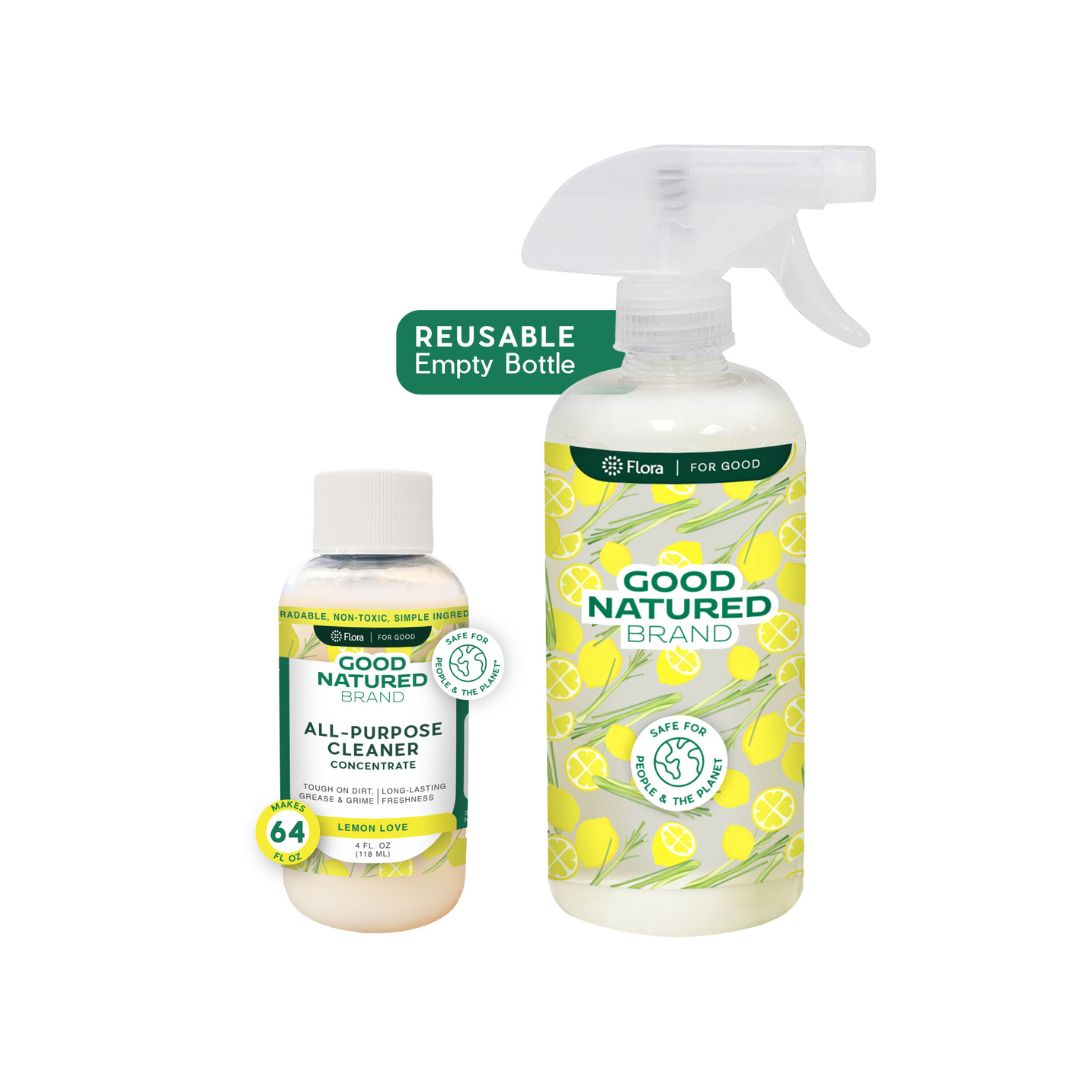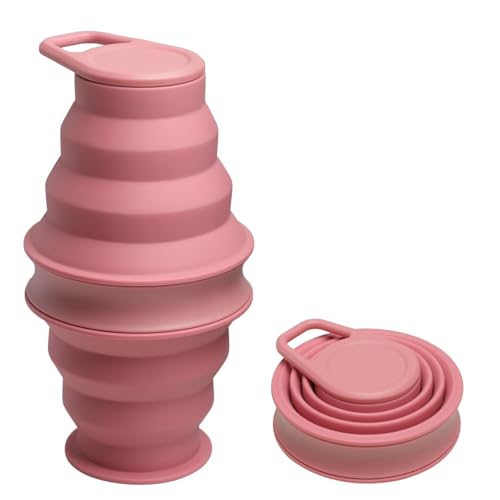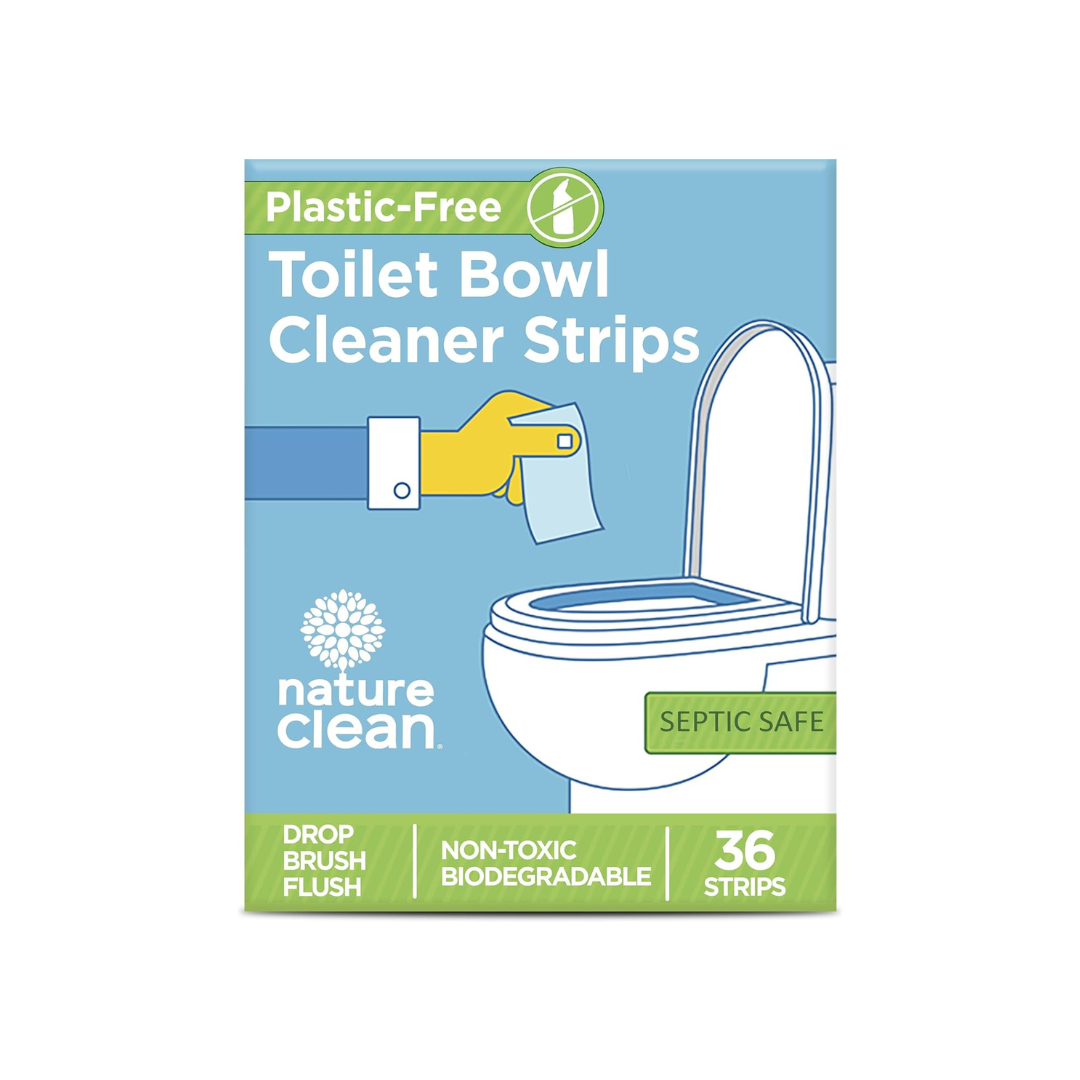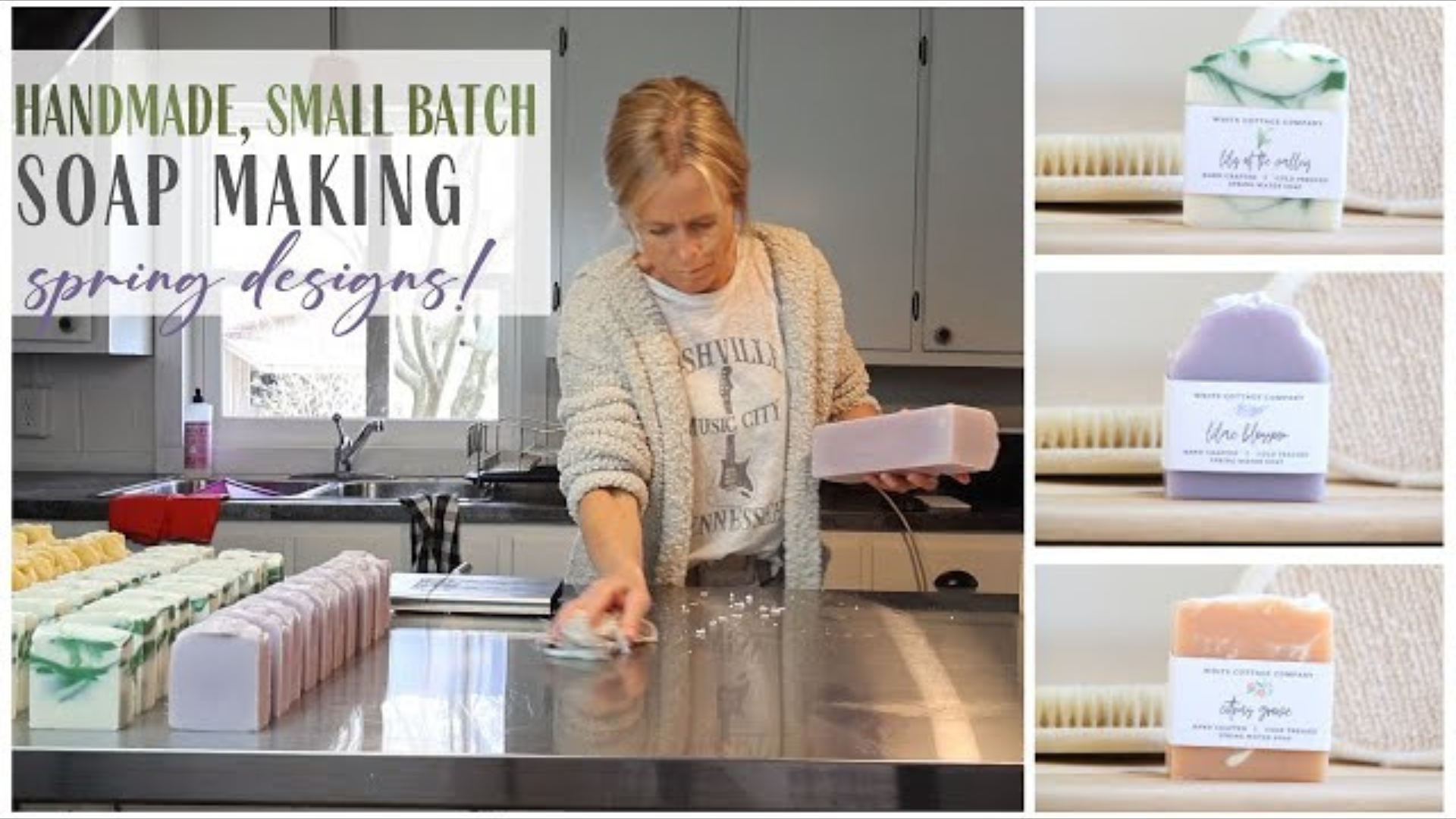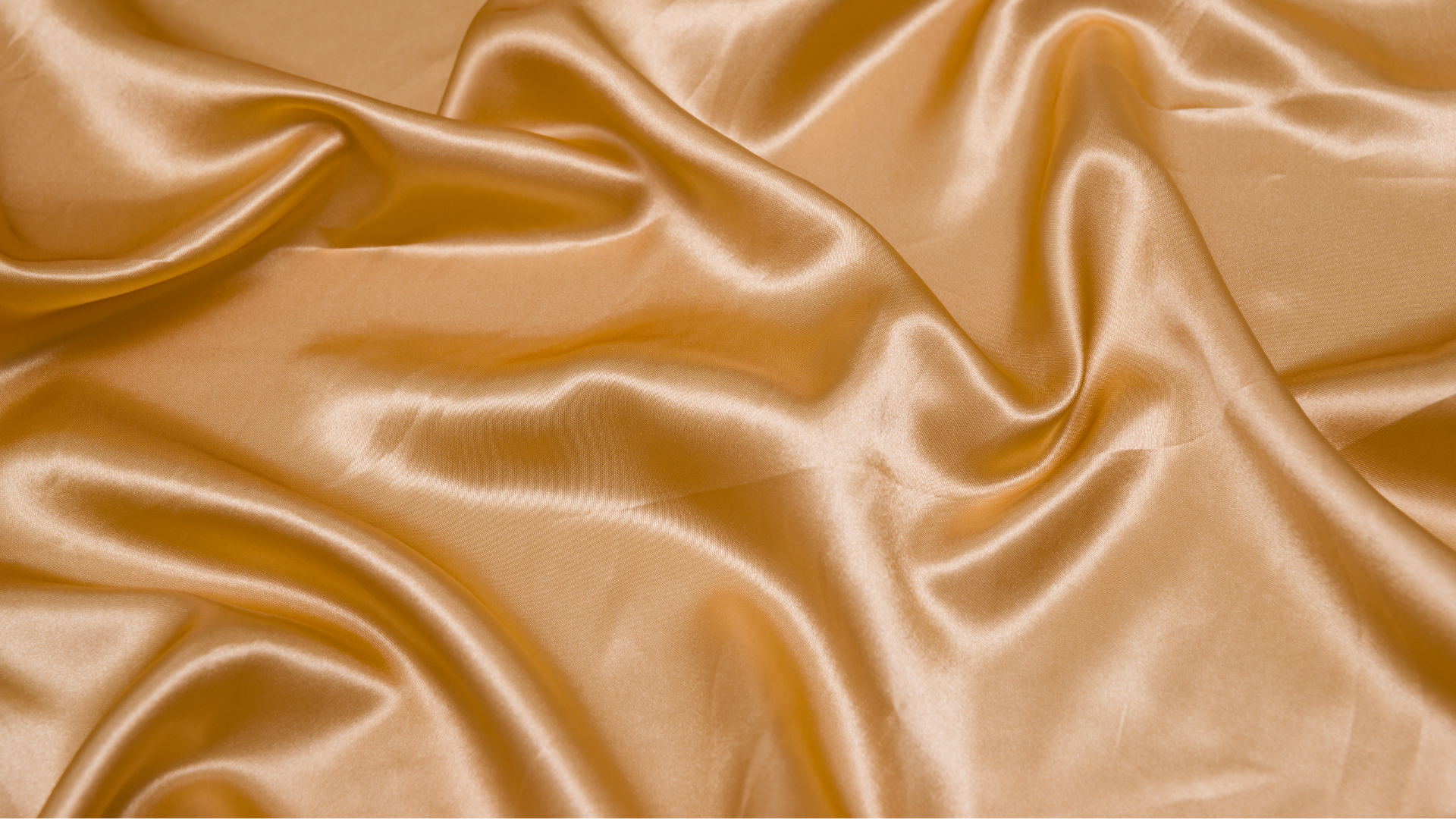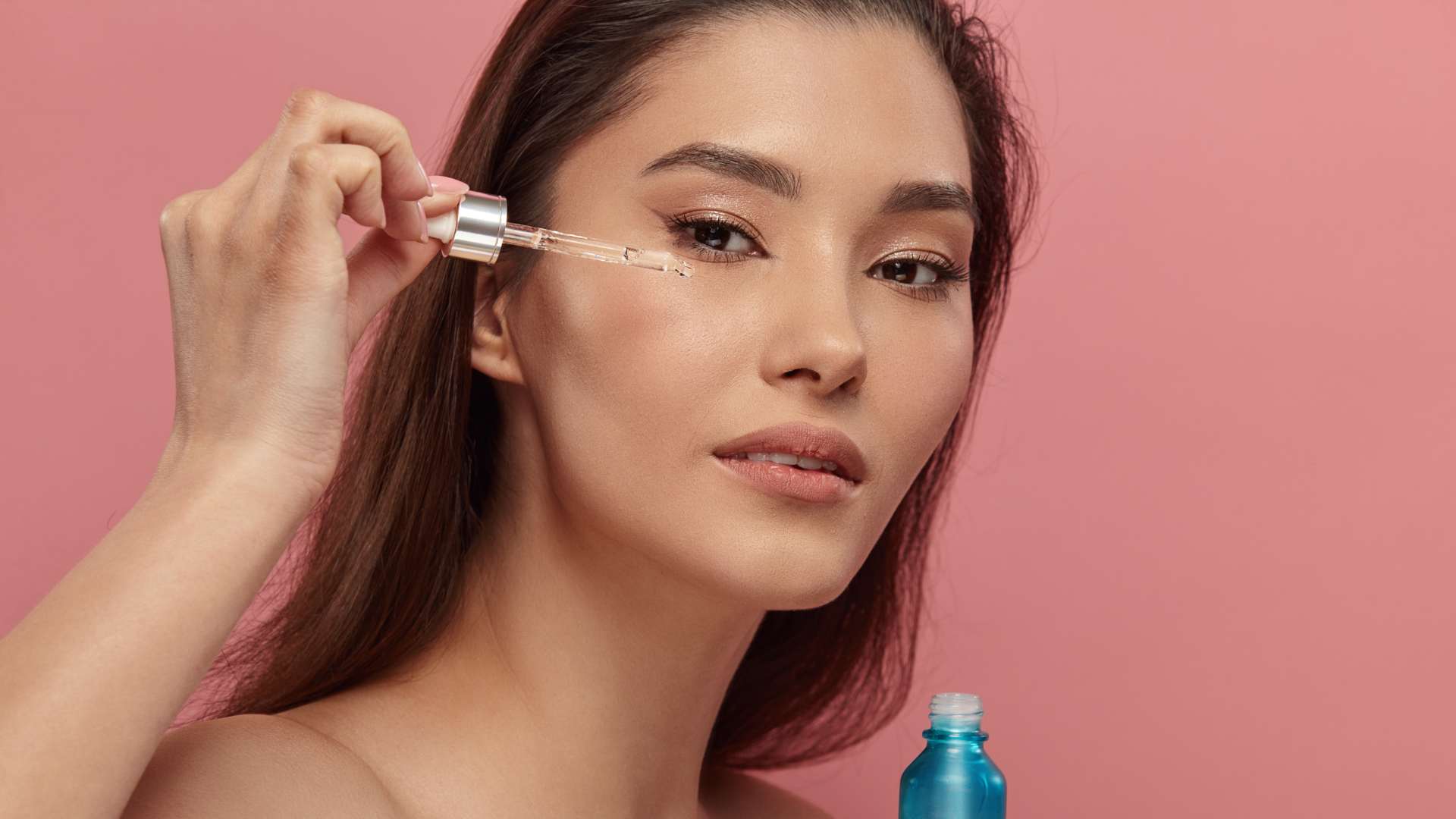Water, oils, and their role in beauty formulations.
When it comes to skincare products, ingredients are often the first thing consumers look for. However, beyond the active ingredients that promise visible results, there are also "filler" ingredients—often seen on ingredient lists but not always fully understood. While the term "filler" might sound unimportant, these ingredients actually play a vital role in the effectiveness, stability, and texture of a product.
Fillers in skincare refer to substances added to a formulation that, while not active in terms of treatment, serve critical functions in the overall product experience. These ingredients are often used to provide texture, improve the consistency of products, and ensure that active ingredients are delivered effectively to the skin. Whether it’s the water in your moisturizer or the oils that give your foundation its smooth finish, fillers are essential to make the product work as intended.
In this blog, we’ll explore the different types of fillers commonly found in skincare products, their roles in beauty formulations, and how to choose products that are best suited to your skin type. We'll also examine the environmental considerations of using these ingredients, offering you insights into their sustainability and how Sustai Market evaluates these products through our Sustai Score and Sustai Badges.
Understanding the Purpose of Fillers in Skincare
While fillers are often categorized as inactive ingredients, they are essential to the overall performance of skincare products. These substances are typically used to create a balanced and stable formula that is easy to apply, absorbs well into the skin, and maintains its texture over time. Here’s why fillers are crucial in skincare formulations:
-
Improving Product Consistency and Spreadability:
Fillers help adjust the consistency of skincare products, ensuring that they spread smoothly and evenly across the skin. For example, water or glycerin helps moisturizers glide easily on the skin without being too thick or sticky. -
Acting as a Delivery Medium for Active Ingredients:
Many active ingredients, such as vitamins, antioxidants, or acids, are effective only when delivered properly to the skin. Fillers help "carry" these active ingredients into the skin by ensuring they dissolve or disperse evenly. Water, for instance, acts as a solvent, allowing water-soluble active ingredients to dissolve and be absorbed more easily. -
Enhancing Product Shelf Life and Stability:
The inclusion of fillers like stabilizers or preservatives helps extend a product’s shelf life. Water, oils, and glycerin can prevent the formulation from separating or degrading, ensuring the product maintains its effectiveness over time.
It’s important to note that while fillers may not always directly improve skin health, they enhance the effectiveness and usability of the skincare product overall. Without them, the active ingredients may not perform as well, or the product might have an unpleasant texture that discourages consistent use.
Common Fillers in Skincare
When you pick up a skincare product, you’ll likely find several types of fillers among the ingredients. These range from simple substances like water to more complex oils and synthetic compounds. Let’s take a closer look at some of the most common fillers used in skincare formulations.
-
Water: The Universal Filler
Water is the most widely used filler in skincare. In fact, many products are primarily water-based, particularly lotions, creams, and cleansers. Water serves as a solvent, helping to dissolve and disperse active ingredients. Its inclusion allows products to have a light, spreadable texture that is hydrating and non-greasy, making it ideal for those with dry or oily skin.
Water’s hydrating properties are crucial for products like toners, moisturizers, and serums. It keeps the skin hydrated by replenishing lost moisture, forming the basis of many moisturizers and hydrating products. -
Oils: Both Functional and Aesthetic Fillers
Oils have become increasingly popular as filler ingredients, especially in products for dry or sensitive skin. While oils can be active ingredients themselves, they also function as carriers in skincare formulations. Examples of oils used as fillers include jojoba oil, argan oil, and sunflower oil. These oils serve as emollients, helping to smooth and soften the skin. They also enhance the texture of products, giving them a rich, luxurious feel.
Oils also create an occlusive layer that helps lock in moisture. However, not all oils are suitable for every skin type, and some, like mineral oil, may be comedogenic (pore-clogging) for those with oily or acne-prone skin. -
Glycerin: A Humectant and Filler in One
Glycerin is a common filler found in moisturizers, cleansers, and body lotions. It is a humectant, meaning it draws moisture from the environment into the skin. This makes it highly effective for keeping the skin hydrated and preventing dryness. Additionally, glycerin helps improve the product’s texture by giving it a smooth, silky feel upon application.
Glycerin’s ability to retain moisture makes it an ideal filler in many formulations aimed at dry or dehydrated skin. However, individuals with sensitive skin may need to patch-test products containing glycerin, as it can occasionally cause irritation in sensitive individuals. -
Silicones: Providing Smoothness and Slip
Silicones are synthetic ingredients commonly used in skincare and makeup products to provide smoothness, slip, and a silky texture. Common forms include dimethicone, cyclopentasiloxane, and cyclohexasiloxane. These ingredients are favored for their ability to create a smooth, velvety finish on the skin. They also form a protective barrier that helps lock moisture into the skin, making them especially useful in creams and moisturizers for dry skin.
However, silicones have become controversial in recent years due to concerns about their environmental impact. Silicones are not biodegradable and can accumulate in ecosystems, leading to long-term environmental effects. For this reason, many eco-conscious consumers opt for products that avoid silicones. -
Other Common Fillers:
-
Alcohols: Certain alcohols, such as fatty alcohols (e.g., cetyl alcohol or stearyl alcohol), are used as thickeners or emulsifiers. These alcohols are generally safe for skin use, but denatured alcohol (ethanol) can be drying and irritating for some individuals, particularly those with sensitive skin.
-
Polymers: Ingredients like carbomers and xanthan gum are used to stabilize and thicken formulations, ensuring they don’t separate. These ingredients are particularly important in products that combine oil and water, such as creams or lotions.
-
Highlighting Natural vs. Synthetic Fillers
As the beauty industry shifts toward cleaner and more sustainable formulations, there is an increasing interest in the origin and sustainability of fillers. Fillers can be broadly categorized into natural and synthetic types, each with their own set of benefits and drawbacks.
-
Natural Fillers:
Natural fillers are derived from plants, minerals, or other naturally occurring sources. Aloe vera, shea butter, and essential oils are all examples of natural fillers that serve multiple roles in skincare products. They are often prized for their gentle, soothing properties and their ability to nourish the skin. Natural fillers also align with the growing trend of vegan and eco-friendly skincare products.
However, natural fillers are not always without their challenges. They may have a shorter shelf life than synthetic alternatives, and some, like essential oils, can cause irritation or allergies in sensitive individuals. -
Synthetic Fillers:
Synthetic fillers, like silicones, synthetic esters, and certain polymers, are widely used in the beauty industry because they offer consistency, affordability, and stability. These ingredients help create a smooth, flawless finish and ensure that products maintain their texture and efficacy over time.
The downside of synthetic fillers, especially silicones, lies in their environmental impact. Many synthetic fillers are not biodegradable, raising concerns about pollution and sustainability. However, many brands are beginning to formulate with more eco-conscious alternatives, and at Sustai Market, we consider both the efficacy and sustainability of fillers when evaluating products for our platform.
Fillers and Their Impact on Product Performance
While fillers are often seen as background ingredients in skincare formulations, their contribution to a product’s performance cannot be overstated. The effectiveness and user experience of skincare products are largely shaped by the fillers used. Let’s take a closer look at how fillers affect the way products perform on your skin.
a) Texture and Sensory Experience
The texture of a skincare product plays a significant role in how it feels during application and how it is perceived by the user. Fillers are key to creating the luxurious, smooth, or lightweight textures that people expect from products like moisturizers, serums, and foundations. The right combination of water, oils, and emulsifiers ensures that the product glides smoothly over the skin, leaving it feeling soft and non-greasy.
-
Water-based formulations provide a lightweight, refreshing texture that absorbs quickly, making them ideal for oily or combination skin types.
-
Oil-based formulations offer a rich, nourishing texture that provides long-lasting hydration, making them well-suited for dry or mature skin types.
-
Silicones and emollients create a velvety, smooth feel that enhances the overall experience of applying a product. Silicones, in particular, help seal moisture in while leaving the skin feeling soft and matte.
Choosing the right product for your skin type and desired texture depends on the role of fillers in the formulation. For example, individuals with oily skin may prefer water-based moisturizers that provide hydration without a heavy or greasy finish, while those with dry skin may benefit from oil-based products that lock in moisture.
b) Functionality and Stability
Fillers also play a crucial role in maintaining the overall stability of skincare products. Many skincare formulations are emulsions, meaning they contain both water and oil-based components. Fillers like emulsifiers, stabilizers, and thickeners help to keep these ingredients from separating, ensuring that the product remains consistent throughout its lifespan.
Without effective fillers, products could break down, leading to a loss of texture, effectiveness, or even contamination. For example, glycerin, which is commonly used in many moisturizers, not only adds moisture to the skin but also helps the formulation retain its consistency over time, preventing it from becoming too watery or thick.
c) Delivery and Absorption of Active Ingredients
While fillers themselves may not be active ingredients, they play an essential role in the delivery of active ingredients. For example, in a serum or moisturizer, water acts as a vehicle to dissolve and carry water-soluble actives like Vitamin C or hyaluronic acid. Oils, on the other hand, help carry oil-soluble actives like Vitamin E and essential fatty acids.
Without the right fillers to facilitate the absorption of these ingredients, active components may not penetrate the skin as effectively. In addition, fillers like dimethicone (a type of silicone) form a thin protective layer on the skin, preventing the loss of moisture and ensuring that the active ingredients are locked in for longer-lasting hydration.
Environmental Considerations of Fillers in Skincare
As consumers become more environmentally conscious, the sustainability of skincare ingredients has come under increasing scrutiny. While fillers like water and natural oils are biodegradable, others, such as silicones and certain synthetic polymers, pose environmental challenges due to their persistence in ecosystems. Let’s dive deeper into the environmental considerations associated with common fillers.
a) Water as a Filler: Sustainability and Ethical Concerns
Water is a common and essential filler in skincare formulations, but its environmental impact is often overlooked. While water is renewable, the extraction process and its use in production facilities can be resource-intensive. Additionally, water-based products require preservatives to prevent bacterial growth, which may contribute to the overall environmental footprint.
At Sustai Market, we emphasize sourcing products that prioritize water stewardship, aiming for brands that reduce water consumption during manufacturing processes and use sustainable packaging solutions to mitigate their impact. Choosing skincare brands that are transparent about their water usage and invest in sustainable practices is key to making more eco-conscious decisions.
b) Natural Oils: Renewable Resources with Potential Environmental Concerns
Natural oils, such as coconut oil, jojoba oil, and argan oil, are frequently used as fillers in skincare formulations. These oils are often praised for their nourishing properties and their ability to hydrate and restore skin. However, the sourcing of these oils can sometimes raise environmental concerns.
For example, the demand for certain oils, like palm oil, has led to deforestation and habitat destruction in some regions, contributing to biodiversity loss and environmental degradation. While some oils are sustainably sourced, it’s important for consumers to look for certifications such as Fair Trade or organic labels, which ensure that the oils are sourced responsibly and with minimal harm to the environment.
Sustai Market evaluates these factors through the Sustai Score to help you make informed choices. Brands that use responsibly sourced oils are rewarded with higher scores, ensuring that the products you choose align with your ethical values.
c) Synthetic Fillers: The Environmental Impact of Silicones and Polymers
Synthetic fillers, especially silicones and certain polymers, have a more complex environmental footprint. Silicones, which are often used for their smooth texture and moisture-locking properties, are not biodegradable. This means they can accumulate in ecosystems, potentially affecting aquatic life and soil health.
Additionally, the production of silicones can contribute to greenhouse gas emissions. While silicones have desirable performance characteristics in cosmetics, their long-term environmental impact has led many consumers to seek out cleaner alternatives. Brands that prioritize silicone-free formulations can be found with Sustai Badges that denote products as environmentally friendly or free from harmful chemicals.
To address these concerns, many skincare brands are working on sustainable formulations by replacing synthetic silicones with natural alternatives like plant-based oils or bio-derived polymers that are more eco-friendly.
How to Choose Skincare Products with Ethical Fillers
Making informed choices when it comes to fillers in skincare products involves not only considering how effective a product is for your skin but also how its ingredients align with your environmental values. Here are a few tips for navigating the complex world of skincare fillers:
a) Look for Certifications and Transparency
When shopping for skincare, look for certifications such as Cruelty-Free, Organic, or Fair Trade labels. These certifications often indicate that a brand has gone through a rigorous process to ensure that the ingredients used in their formulations are ethically sourced and produced with sustainability in mind.
At Sustai Market, we ensure that all the products listed have been vetted for their ingredient sourcing, ensuring you can make purchases that align with your values.
b) Evaluate the Sustai Score and Badges
The Sustai Score and Sustai Badges provide a clear understanding of a product’s sustainability. These scores take into account factors like ingredient sourcing, environmental impact, packaging, and brand transparency. For example, a product with a High Sustai Score indicates that it uses clean, sustainable fillers with a minimal environmental footprint.
c) Consider Your Skin Type and Filler Preferences
It’s important to also consider your skin type when evaluating the performance of skincare fillers. For example, individuals with sensitive skin may want to avoid products with alcohol-based fillers or fragrances, as these can be irritating. If you have dry skin, opt for products with moisturizing oils or glycerin that will provide hydration without causing irritation.
The Role of Fillers in Ethical Skincare
Fillers in skincare products serve important functions that go beyond the surface. They help enhance the texture, stability, and overall performance of a product, ensuring that active ingredients are delivered effectively to the skin. However, as more consumers seek ethical and sustainable skincare options, understanding the environmental impact of these fillers is crucial.
By focusing on products that use responsibly sourced, biodegradable fillers, you can help reduce your environmental impact while still enjoying high-performance skincare. At Sustai Market, we prioritize products that meet high sustainability standards, ensuring that your skincare routine is not only effective but also aligned with your values.
